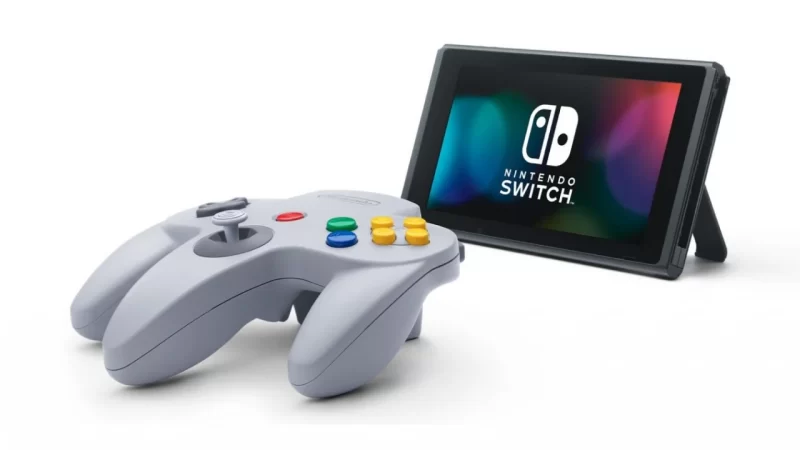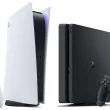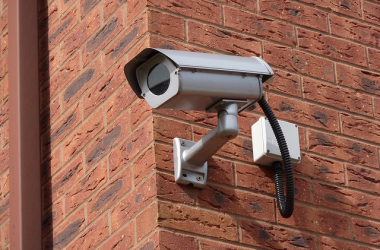The Nintendo 64 was about 150 dollars at the time in 1997. The Nintendo 64 was one of a few game systems out at the time. It was the basis for what is now modern 3D gaming. This system and many of its features have paved the way for the 3D gaming of the future and of the present, 2022. Some of the developments such as trilinear mipmapping, anti-aliasing, real-time lighting, and the reality co-compressor (i.e. the first fully programmable GPU).
This was a game console that was ahead of its time. The specs of the original Nintendo 64 include a 64-bit NEC with a cache of 24KB L1 that runs at 93.75 Mhz for the CPU. The GPU is also a 64-bit reality co-compressor that runs at 62.5 MHz with a RSP and RDP which are two processors that are integrated. These two processors were part of a reprogrammable microcode T and L GPU. The data reading is filtered through a frame buffer that uses a time interval that is fixed while sending it to a converter (digital to analog) that will help to produce the video output for the game. The Audio interface is similar with a fixed time interval, and it also sends it to a Digital to analog converter to produce the output of sound for the game.
The game controllers and the accessories for the game are put through the serial interface via the PIF chip. The memory modules are configured through the RDRAM interface at 4-4.5 MB with 250 MHz. The peak bandwidth is 562.5 MB/s. The parameters for the hardware and handling of interruptions through the program are handled through the microprocessor interface. The Audio for this game console is 16-bit, CD quality/stereo with a sampling frequency of 44 or 48 kHz.
The Rom cartridge aka the game pack runs at around 5.4 MB/s with a max of about 60 MB/s. The resolution on this gaming console is about 240P, 288P, 480i and 576i at widescreen. The graphics processor (RPC) includes anti-aliasing, z-buffer, and even texture mapping. The size of the system is about 2 and a half pounds. The gaming system comes with the multifunctional 3D and 2D gaming controllers that have an analog and digital joystick and many different buttons.Â
Nintendo Switch
The Nintendo Switch is the newest, latest and greatest offshoot of the original Nintendo 64. Everything about the Nintendo Switch is better and faster. The Nintendo Switch is probably one of the best video game systems for younger kids to start out with or any person that would like to be nostalgic in their game playing.
There are three different versions of the Nintendo Switch which include Nintendo Switch- OLED Model, Nintendo Switch and the Nintendo Switch Lite. Each of these creates a completely different experience for the user. Both the OLED model and the regular Nintendo Switch can be played on the TV, have a tabletop mode and handheld mode while Nintendo Switch lite only has a handheld mode. This means that the Nintendo Switch Lite cannot be used as a multiplayer system whereas the other two can be because of the tabletop and tv modes that they are compatible with at this time.
Again, both the OLED model and the regular Nintendo Switch are compatible with all games that have been made for the Switch consoles, unlike the Switch lite. The Nintendo Switch lite is the only one that is not compatible with the Nintendo Switch Docking system and that does not come with the Joy-con controllers. The OLED model has the standard docking system with a wired LAN port is built in, but the cable is not sold with it. Both the OLED model and the standard Nintendo Switch are 4’high and 9.5’long with a depth of .55â. The Nintendo Switch Lite is a fair bit smaller at 3.6’high and 8.2 long with a depth of .55â. Though The OLED model and the standard Switch have the same height and width and depth, the screen sizes are different with 7’for the OLED touch screen while the standard is at a 6.2’for its LCD touch screen. The Nintendo Switch Lite was at a 5.5’LCD touch screen. The OLED Switch is the heaviest at .93 lbs. and the lightest is the Nintendo Switch Lite at .61 lbs. The storage for the OLED Nintendo Switch is 64 GB with both the standard and the lite at 32 GB. Both the OLED Nintendo Switch and the standard Nintendo Switch have a battery life of about 4.5 to 9 hours with the Nintendo Switch lite at 3 to 7 hours.
The Specs for the Nintendo Switches vary slightly. The CPU and GPU for the Nintendo Switches across the board are the NVIDIA custom Tegra processor. The Storage has the capability to be expanded by using micro SDHC or micro SDXC cards up to 2TB of space. These game consoles are Wi-Fi and Bluetooth capable unlike the Nintendo 64. Through the TV mode for the gaming console, 1080p via HDMI is capable with 720p via the handheld or tabletop mode. In the OLED model and the standard model, there is compatibility through the HDMI connector through the TV with a linear PCM output of 5.1 ch. Sound through the speakers is stereo quality. All three of the Switches use the Type-C USB for connecting to the dock and for charging.
The charging time is about 3 hours for all three of the Switches. The battery type for the Switches is the Lithium-Ion battery (4310mAh). For the Switches there are brightness, gyroscope and accelerometer sensors. The cost of the switches varies. The OLED Nintendo Switch is about 350 dollars with color options of Black/White or Red/Blue. The Standard Nintendo Switch is about 300 dollars with a color option of Gray or Red/Blue. The Nintendo Switch lite is the least expensive at 200 but has the most color options such as Gray, turquoise, pink, purple or yellow.









